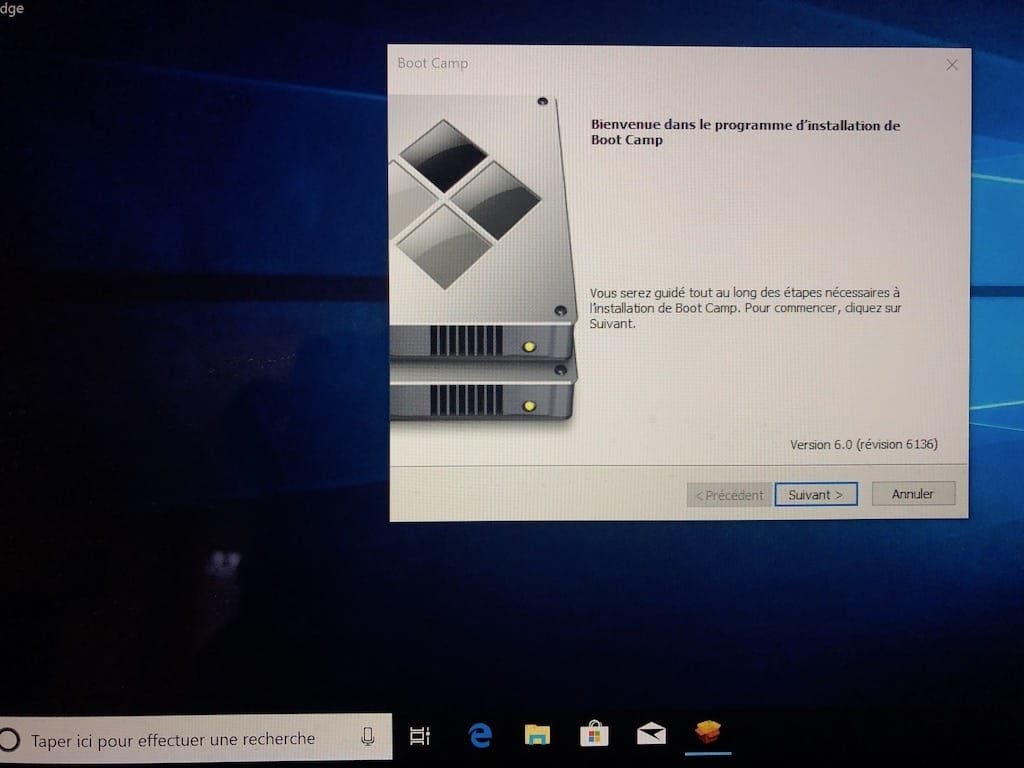

The remaining steps are extracted from the guide: Ĥ. Copy the DSDT.DSL to a USB or put it online (e.g., your email or google drive).From the MaciASL menu chose the save as disassembled DSL option e.g., with filename DSDT (MaciASL will tag on extension DSL once you choose the right file type in the “save as” dialog box) Boot into Mac OSX and use MaciASL software to dump your DSDT in OSX :.I then found solution thread on Apple’s Support Forum after which I did the following to get the audio to work:.This enables enabled WiFi and everything else but with no audio and the audio device in device manager had the error “This device cannot start. In Windows, I installed the BootCamp Drivers (The BootCamp Assistant should have copied it to the USB for you, otherwise download them from the Apple website).I chose to reformat the partition I had created in Mac OSX for Windows in the installation wizard. I installed Windows from the prepared USB (press Option key when booting and select the EFIboot – it should have a USB icon).(4) You may want to re-enable SIP (boot while holding Command+R to get into OSX Recovery, start Terminal from the Utilities menu, run “crsutil enable”, restart the MAC. (3) run gdisk again and check the output that the partition scheme is now listed as GPT with protected MR quit gdisk (2) download gdisk and install gdisk ( ), determine your disk device name (e.g., from Disk Utilities), update the partition by running gdisk against the disk, selecting x for advanced, type n, then type w to write, Y to accept changes. (1) disabling SIP – boot the MAC while holding down command+R to get to OSX Recovery, start Terminal from the Utilities menu, run “crsutil disable”, restart the MAC. I then converted the Hybrid GPT/MBR partition scheme the BootCamp had created to GPT with protected MBR by:.I first tried to install Windows with BootCamp but got the “GPT/MBR wont install” issue after EFIbooting the Windows 8.1 USB.This guide uses registry DSDT override in Windows to enable the audio card without using any third party bootloader so your Mac OSX is more or less still vanilla 🙂 Purpose of this guide: Due to poor EFI support on the earlier MACs (think 2012 and earlier?), when Windows is installed in EFI mode, the audio card does not work (EFI boot mode exposes devices in a different way, which effectively leads to audio not working).System: MackBook Pro (13-inch, Late 2011), Intel Core i5, 4GB RAM, Intel HD Graphics 3000, SuperDrive NOTE: Thanks to on the thread who came up with the solution.


 0 kommentar(er)
0 kommentar(er)
